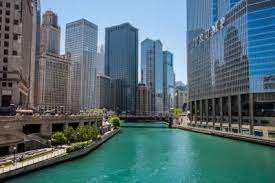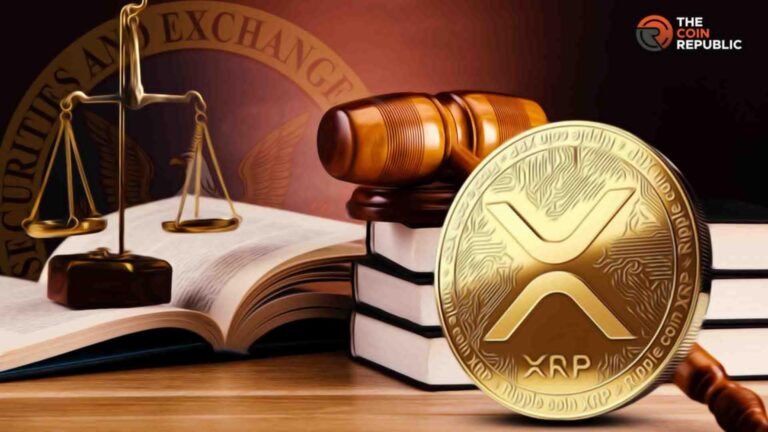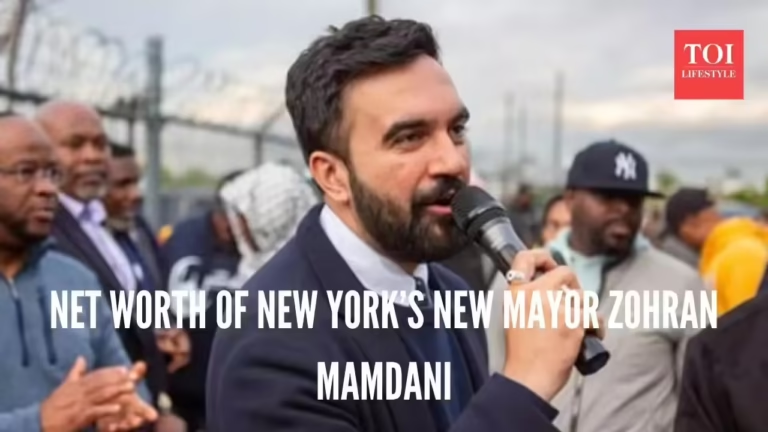
I. Introduction
- Brief overview of the issue: President Trump’s plan to deploy federal forces to Chicago as part of a larger law-and-order campaign.
- Why Chicago? Rising crime rates, gun violence, and political symbolism.
- The stakes: federal authority versus state/local control, and how it plays into national politics.
- Thesis: The standoff highlights deeper divides in American governance, policing, and partisanship.
II. Background Context
- Historical background of federal intervention in U.S. cities.
- Chicago’s long-standing struggles with crime and violence statistics.
- Political context: Trump’s “law and order” platform ahead of elections.
- Past tensions between federal and local governments on policing matters.
III. Key Players in the Standoff
1. President Donald Trump and the White House
- Trump’s framing of Chicago as a symbol of Democratic failure.
- Political motivations: appealing to suburban and conservative voters.
- Use of federal agencies like DHS, FBI, ATF, and U.S. Marshals.
2. Mayor Lori Lightfoot and Chicago City Leadership
- Lightfoot’s opposition to a federal presence in her city.
- Concerns about civil liberties, overreach, and militarization.
- Local policing strategies already underway.
3. Illinois State Leadership
- Governor J.B. Pritzker’s position on federal involvement.
- The balance between state and federal jurisdiction.
4. Community Stakeholders
- Residents’ mixed reactions—fear of violence vs. fear of federal overreach.
- Activist groups and civil rights organizations’ role.
- Law enforcement unions’ varying stances.
IV. Trump Administration’s Arguments
- Framing Chicago as “out of control.”
- Emphasis on federal duty to protect citizens when local government “fails.”
- Political messaging: toughness on crime, restoring order.
- Comparisons to other cities (e.g., Portland, New York).
- The legal justification: federal interest in protecting federal property and enforcing gun laws.
V. Chicago and Local Leaders’ Arguments
- Assertion of local control: policing should remain in local jurisdiction.
- Fear of escalation and “occupation-like” atmosphere.
- Civil rights concerns: potential for abuse, racial profiling, or excessive force.
- Warning that federal interference could erode community-police trust.
- The optics: protecting Chicago’s image against federal portrayal.
VI. Public Opinion and National Reaction
- Polling data on crime, policing, and trust in federal government.
- Split along partisan lines: conservatives back Trump’s move, liberals oppose it.
- National media framing—law and order vs. authoritarian overreach.
- Community voices: residents torn between fear of crime and distrust of Trump.
VII. Legal and Constitutional Questions
- The scope of federal authority in local law enforcement.
- The Tenth Amendment and states’ rights.
- Precedents for federal-local conflicts over security.
- Potential for lawsuits or judicial intervention.
VIII. Political Implications Beyond Chicago
- How the standoff fits into Trump’s reelection strategy.
- Democratic counter-narrative: focus on reform and systemic inequality.
- Impact on swing voters in suburban areas.
- Symbolism: Chicago as a national political battleground.
IX. Possible Outcomes of the Standoff
- Scenario 1: Full federal deployment, potential clashes, and national controversy.
- Scenario 2: Negotiated compromise between federal and local officials.
- Scenario 3: Courts limit or block the administration’s reach.
- Scenario 4: Standoff becomes more symbolic than substantive, mostly a political talking point.
X. Conclusion: What the Future Holds
- Reflection on what this standoff reveals about U.S. governance in polarized times.
- The broader question: balancing security and civil liberties.
- How the Chicago case may set a precedent for future urban-federal conflicts.
- Final thought: The standoff is less about one city and more about the future of federalism and democracy in America.





